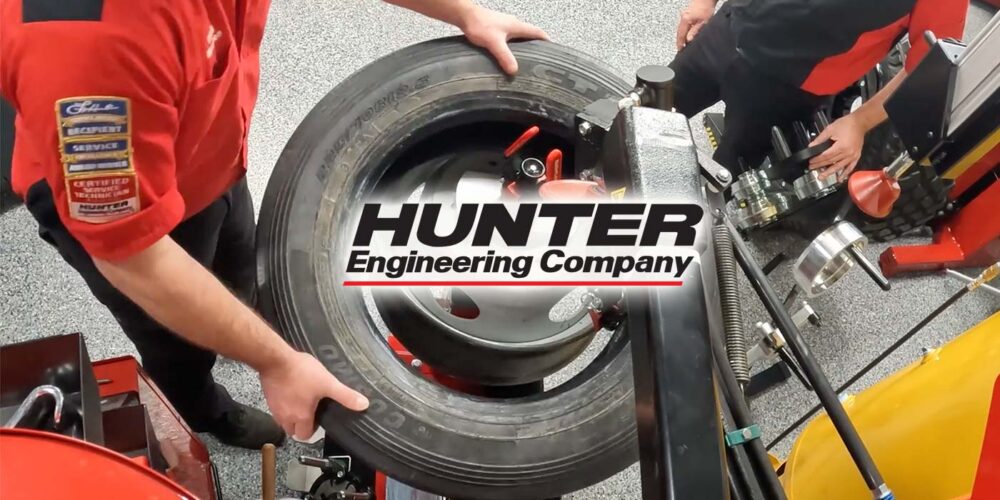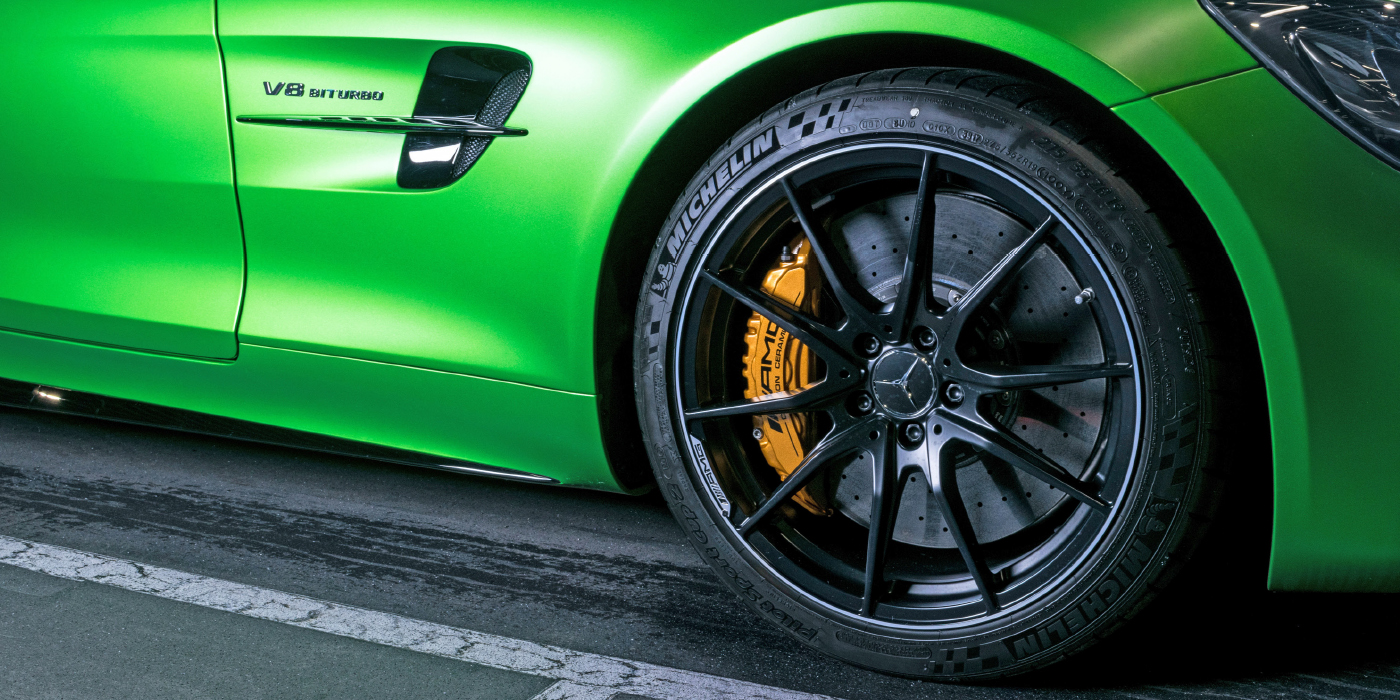CC:
When you replace the brakes on your customers’ vehicles, you can explain how important it is to fix both sides at the same time. But even if the rotors appear to be okay, did you know it’s in everyone’s interest to replace the rotors AND the pads during the same service?
The fact is, brake pads and rotors work together to maximize braking performance. When fresh pads are installed and the burnish or break-in procedure is completed, a very thin layer of friction material from the pads is imprinted onto the face of the rotor. This continues to happen during normal driving. If you simply “pad slap,” or put new pads on old rotors, the surface is worn out and a strong transfer layer cannot be created.
New pads almost always require a fresh rotor surface so the pads can deposit a thin layer of friction material to increase braking performance. If old deposits of the previous material are on the rotor, it can contaminate the new pad and lead to performance and noise issues.
All brake pads use two different types of friction to stop vehicles – Abrasive and Adherent friction.
Abrasive friction is pretty simple; it works similar to sandpaper. The brake pads press against the rotors and cause friction to help slow the vehicle.
Adherent friction is more complex, but can be visualized with a piece of duct tape. If you stick tape to a wall, it will probably stick just fine, but it will peel off relatively easily. But if you stick the adhesive to itself, you’ll have a much more aggressive bond.
With adherent friction, the pad is adhering to the thin layer of pad material on the rotor. The making and breaking of those many small bonds causes adhesive friction and helps slow the vehicle.
Semi-Metallic pads tend to use more abrasive friction and less adherent friction, while ceramic pads tend to use more adherent friction and less abrasive friction. In all pads, though, both abrasive and adhesive friction are at work at all temperatures, but in general terms, abrasive friction occurs mainly when cold and adherent friction “wakes up” when the brakes are warm/hot.
Whichever friction formulation is right for your customer, be sure to install the pads correctly. We’ve heard of more than one professional who installed the brake pads backwards.
Here are some other tips for quality, come-back free brake jobs.
Remember, the brake system works harder than any other safety system on your customers’ vehicles. Each time they stop for a light or slow down in traffic, their brakes ensure that they can do so safely. Because of this alone, it is always a good idea to use new parts for all your brake service.
Caliper guide pins on floating calipers are often overlooked – clean them in solvent and apply new grease. It is under extreme heat and pressure so always use a caliper specific grease. And NEVER put a torn boot back on a car.
Remember a first-class brake repair comes down to quality components and quality procedures. For more tips, visit PowerStop.com
This video is sponsored by The Group Training Academy.













